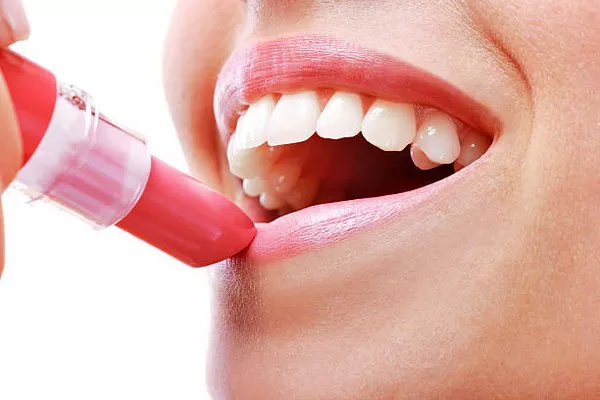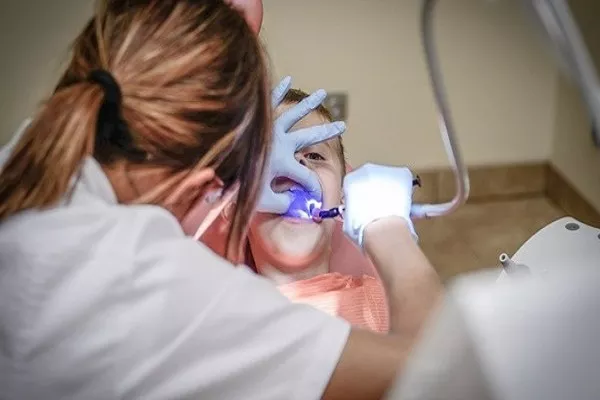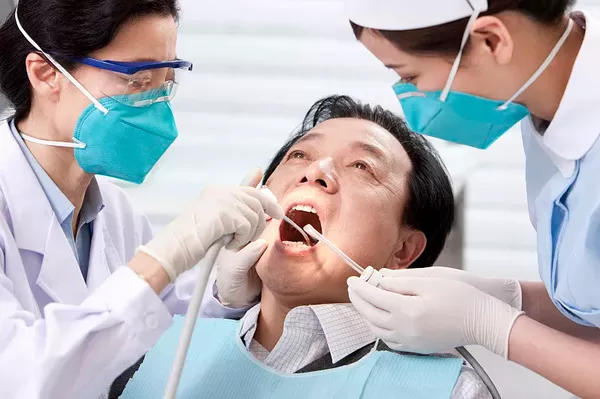In the pursuit of a dazzling smile, the color of our teeth often becomes a focal point. Society’s obsession with pearly whites has led many to believe that anything other than a pristine shade of white signifies poor oral health. However, this oversimplified view neglects the complexity of tooth color and its relationship with overall dental wellness. In this article, we delve into the debate: Which teeth are healthy, yellow or white?
Natural Tooth Color
Let’s start by debunking a common misconception: natural teeth are not uniformly white. In fact, they can display a spectrum of hues, including shades of yellow and gray. The color of our teeth is influenced by several factors, primarily the composition of enamel and dentin.
Enamel, the outer layer of the tooth, is translucent, allowing the underlying dentin to show through. Dentin, which lies beneath the enamel, naturally possesses a yellowish tint. Therefore, variations in enamel thickness and dentin color contribute to the overall appearance of our teeth.
Myths vs. Reality
One prevalent myth is that yellow teeth indicate poor oral hygiene or dental health. However, this is not necessarily the case. While severe discoloration might be a sign of underlying issues such as decay or disease, mild yellowing does not automatically signify dental problems. Conversely, extremely white teeth are not always indicative of excellent oral health. They may result from cosmetic treatments like whitening procedures rather than natural dental conditions.
It’s essential to distinguish between cosmetic appearance and oral health. Healthy teeth can exhibit various colors, and the absence of whiteness does not equate to poor hygiene.
Causes of Tooth Discoloration
Understanding the factors that influence tooth color is crucial in dispelling misconceptions. Several elements contribute to tooth discoloration, ranging from genetic predispositions to lifestyle choices.
Genetics play a significant role in determining tooth color. Some individuals naturally have thicker enamel or less yellow dentin, resulting in whiter teeth. Conversely, others may inherit traits that lead to yellower or grayer teeth.
Diet also influences tooth color. Consuming foods and beverages rich in pigments, such as coffee, tea, red wine, and certain fruits, can stain teeth over time. Additionally, acidic foods and drinks can erode enamel, making teeth appear dull and discolored.
Poor oral hygiene habits contribute to tooth discoloration by allowing plaque and tartar buildup, which can harbor bacteria and stain-causing substances. Smoking and tobacco use are notorious for causing yellowing of teeth due to the tar and nicotine present in cigarettes.
Oral Health vs. Aesthetics
It’s essential to prioritize oral health over cosmetic appearance. While a bright smile is desirable, it should not come at the expense of dental wellness. Healthy teeth may not always be perfectly white, but they are free from decay, gum disease, and other oral health issues.
Regular dental check-ups are crucial for maintaining oral health. Dentists can identify potential problems early on and provide appropriate treatment and preventive care. Proper oral hygiene practices, including brushing twice a day, flossing, and using fluoride-containing products, are essential for keeping teeth and gums healthy.
Teeth Whitening
For those seeking a whiter smile, various teeth whitening methods are available, ranging from natural remedies to professional treatments. However, it’s essential to approach whitening with caution, as overuse or improper application can lead to adverse effects.
Natural whitening methods, such as baking soda, hydrogen peroxide, and activated charcoal, may offer modest improvements in tooth color. However, their effectiveness varies, and prolonged use can damage enamel or irritate gums.
Professional teeth whitening treatments administered by dentists are more potent and yield quicker results. These procedures typically involve the use of bleaching agents like hydrogen peroxide or carbamide peroxide, which penetrate the enamel to break down stains.
It’s crucial to consult with a dental professional before undergoing any whitening treatment. Dentists can assess the condition of your teeth, recommend suitable whitening options, and ensure safe application to minimize risks.
Preventive Measures
Prevention is always better than cure when it comes to maintaining oral health and preserving tooth color. Here are some preventive measures to help keep your smile bright and healthy:
- Practice Good Oral Hygiene: Brush your teeth at least twice a day with fluoride toothpaste and floss daily to remove plaque and prevent staining.
- Limit Staining Foods and Drinks: Reduce consumption of foods and beverages that are known to stain teeth, such as coffee, tea, red wine, and berries.
- Quit Smoking: Tobacco use not only stains teeth but also increases the risk of gum disease, tooth loss, and oral cancer. Seek support to quit smoking for the sake of your oral and overall health.
- Attend Regular Dental Check-ups: Schedule dental appointments every six months for professional cleanings and check-ups. Early detection of dental issues can prevent further discoloration and damage.
Conclusion
The question of whether yellow or white teeth are healthier is not a straightforward one. Natural tooth color varies among individuals and is influenced by multiple factors beyond oral hygiene. While yellow teeth can be perfectly healthy, maintaining good oral health should be the primary focus. Consult with a dental professional for personalized advice on oral hygiene and cosmetic dentistry options to achieve a healthy and confident smile.
FAQs About Tooth Color
1. Are yellow or white teeth better?
There isn’t a definitive answer to this question as tooth color varies among individuals and can be influenced by various factors such as genetics, diet, and oral hygiene. Yellow teeth can be perfectly healthy, while extremely white teeth may result from cosmetic treatments rather than natural dental conditions. Ultimately, the health of your teeth is determined by factors beyond their color, such as the absence of decay, gum disease, and other oral health issues.
2. What is the healthiest color for teeth?
The healthiest color for teeth varies among individuals and depends on factors such as enamel thickness, dentin color, and overall oral health. Natural teeth come in a range of shades, including white, yellow, and gray. While a bright white smile is often desired for cosmetic reasons, it’s essential to prioritize oral health over appearance. Healthy teeth may not always be perfectly white, but they are free from decay, gum disease, and other dental issues.
3. Are teeth supposed to be white or yellow?
Natural teeth are not uniformly white; they can display a spectrum of colors, including shades of white, yellow, and gray. The color of our teeth is influenced by several factors, including the thickness of enamel and the natural hue of dentin. While some individuals may have naturally whiter teeth due to genetics or lifestyle factors, others may have teeth with a yellowish or grayish tint. Ultimately, the variation in tooth color is normal and does not necessarily indicate poor oral health.
4. Do white teeth look better?
The perception of whether white teeth look better is subjective and varies among individuals and cultures. In many societies, a bright white smile is often associated with youth, vitality, and attractiveness. However, it’s essential to recognize that beauty standards can differ, and natural variations in tooth color are normal and healthy. While some people may prefer the appearance of white teeth for cosmetic reasons, it’s crucial to prioritize overall oral health and hygiene over purely aesthetic considerations. Consulting with a dental professional can help determine the best approach to achieving a healthy and confident smile.
































